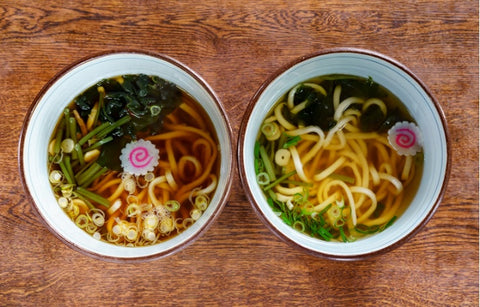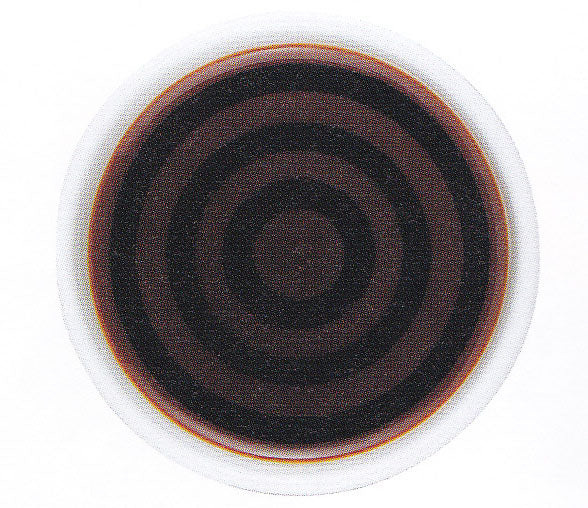
B.C.
Soybeans, the main ingredient of soy source have already been growing in China for more than 5000 years. Soybeans are estimated to have been transmitted from China to Japan during the Jomon period (between 16000 and 2300 BC).
The original form of soy sauce was said to be hishio, which is type of fermented and salted food.
In the Yayoi period (From the 10th century to the middle of the 3rd century BC), there is also a description of a food called gyosho (魚醤), which was made from fermented fish.
The Kamakura Period (1185〜)
During the Kamakura period, a high priest named Kakushin (1207 ~1298) trained at Kinzanji temple in China, where he leaned a miso making method. Later the miso he made was called "Kinzanji Miso" and he spread it to the Kishu area (around Yuasa, Wakayama prefecture). The liquid left in the miso barrel is called "tamari," and people started to use as a seasoning at that time. It is said this is the origin of soy sauce.
The Edo period (1603〜):
Hishio, which transmitted from China, was first made from soybeans, but from the early to the middle of the Edo period, soy sauce was made with barley. Later, wheat was also used as a unique Japanese manufacturing method.
This is the beginnings of standard soy sauce (koikuchi soy sauce) which we use today. By combining soybeans and wheat, Japanese soy sauce is made so it has a unique and rich flavor.
In the early Edo period, the biggest the region known for soy sauce production and food culture were in the Kansai area, close to Kyoto. These areas include Wakayama, Shodo Island, Hyogo, etc. Later, in the middle of the Edo period, the Kanto area (around Tokyo) started to flourish due to the Edo Shogunate. Soy sauce became widely used among the citizens. For this reason, koikuchi soy sauce, preferred by Edo citizens started to be produced in Chiba prefecture located in the Kanto area.
At the same time, the prototype of the current light (usukuchi) soy sauce was also invented in Hyogo Prefecture (around Tatsuno). It was made because the people of Kyoto and Osaka prefer to keep the color of the ingredients when cooking, which they can do with light soy sauce.
People in the Kanto area usually use only koikuchi soy sauce and the people in the Kansai area use both types of soy sauce. We can notice that especially with udon soup. The differences in the tastes of the soy sauce has continued since the Edo period up until this day.
Kanto style udon vs Kansai style udon:

The Postwar Period (1945〜)
The situation of soy sauce changed greatly during the latter half of the war.
In 1948, GHQ decided to distribute only 20% of the total number of soy beans to the soy sauce industries. That means, it become extremely difficult to obtain soy beans, the main ingredient of soy sauce at that time.
There were two main reasons for the judgment. First, the one-year fermentation period in the soy sauce fermentation method could make the food storage problem worse. Secondly, soy sauce only utilizes about 60% of the total ingredients used in the process.
This crisis was averted by two engineers of the Kikkoman Corporation who developed a new manufacturing method called Shinshiki-ni-go (a compromise of using half traditional brewing and a chemical process). This method has not used for process. Instead, it was presented to soy sauce manufacturers throughout the country. As a result, the distribution ratio in the soy sauce industry raised to 70%. This is the history of soy sauce.






